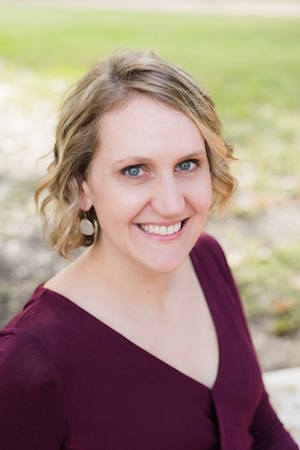Seventy-five percent of adults with a serious mental illness report that their symptoms began before their 25th birthday. During those crucial years, individuals served by the public mental health system are transitioning out of the children system and into the adult one. Research shows that there are many barriers during this transition and that many individuals drop out or cease to be eligible to receive services.
We spoke with Deborah Cohen, who leads a research team from the Texas Institute for Excellence in Mental Health that is developing solutions to address this transition gap in Texas.

Why do we have this gap between children and adult mental health systems?
Community mental health was created in the 1960s, with a focus on adults with serious mental illnesses who had been hospitalized and were greatly disabled. Then in the 1970s and 1980s there was a push for creating services for children. So the two systems developed separately, with different rules and goals.
What is the situation in Texas?
There are different rules for receiving public mental health services on the children and the adult ends. As a child, you are enrolled in services based on your functioning; the adult system meanwhile primarily serves those with a serious mental illness. Further, each system has different cultures and goals. As a whole, the mental health system works well if you are an eleven year-old or an adult with a chronic serious mental illness, but there is this gap for adolescent and young adults. Imagine the experience of a young adult, who may be having mental health symptoms but it’s not greatly disabled and looks like every other teenager, going into a service facility that looks like a nursing home. It’s going to turn them off. Our research shows that about 80 percent of Texas youth are discharged or drop out from services once they turn 18 years of age.
What are possible solutions?
There is a growing literature on best practices to engage youth and young adults in mental health services that highlights the importance of focusing on their goals regarding what is important at this age: employment, education, and independent living.
In Texas, and across the nation, there have been successful efforts to develop team-based, recovery oriented models of care based on these best practices, for individuals experiencing first-episode psychosis. Research has shown that access to the appropriate treatment can greatly reduce long-term disability. So it’s both treatment and prevention. We want to model that success with all transition-age youth who have any serious mental health condition.
What are you and the research team doing here in Texas?
We are working with Heart of Texas, the community mental health authority that serves Waco and the five surrounding counties. We are implementing a transition-age team that works with youth aged 16 to 21, and supports them with their employment or education goals even if they are experiencing symptoms. The team has a case manager, who helps keep consistency as the youth transition to the adult mental health system; an employment-education specialist, who is a sort of counselor, college advisor, and employment advisor rolled into one; and if possible a peer, who is someone under 30 years of age who has experienced the mental health system.
It’s a pilot project that will enroll 120 transition-age youth (16-21) over the next 4 years. The hope is that they will be in the program for about 18 months, and then they will transition completely out services or, when appropriate, to long-term traditional adult services. We are also collecting comparison data from youth who transition out of the child mental health services at Austin Travis County Integral Care.
What do you hope to accomplish with this pilot project?
The hope is that we can develop and fine-tune this model for youth and young adults and then apply it statewide. The goal is to reform the arcane mental health system. Our current system does not promote hope and the individual pursuit of dreams. If we really want to help people be less disabled by mental illnesses and be meaningful participant of society, we need to build a more proactive and preventative system that supports these young adults to independently launch into adulthood, instead promoting lifetime disability and disconnection from society.
—
Posted July 21, 2017. By Andrea Campetella.


